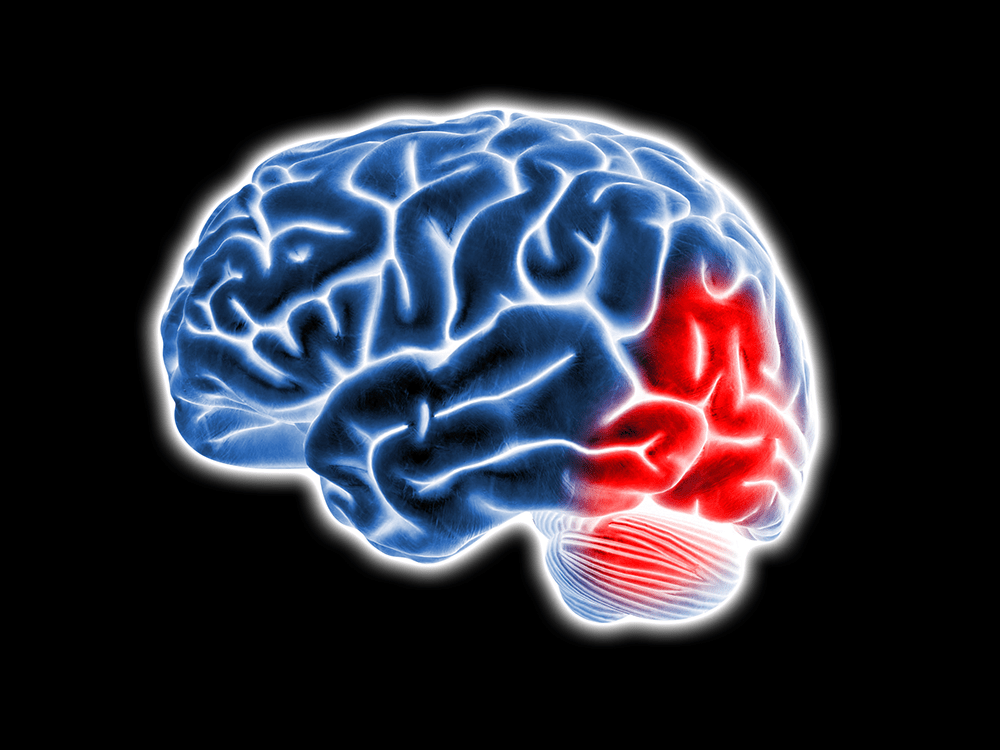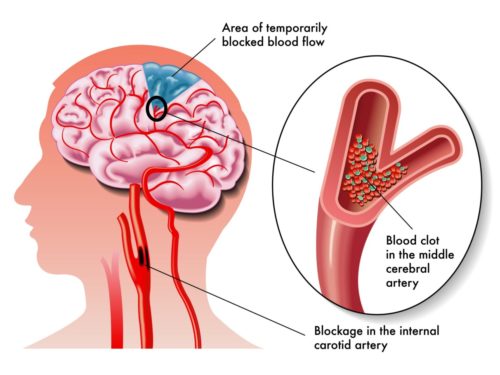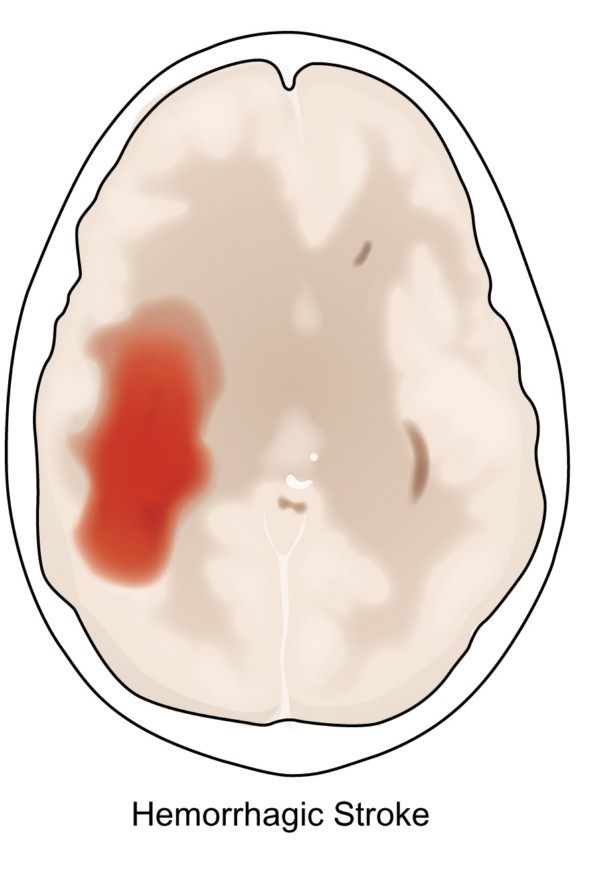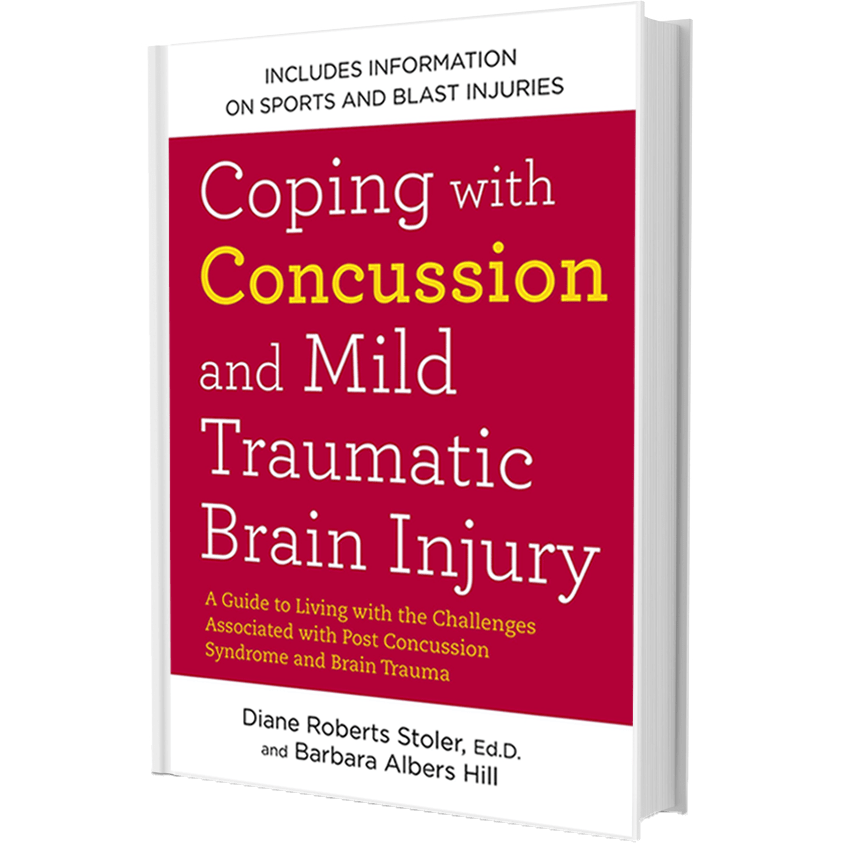What is a Stroke?
Dr. Diane’s® stroke was from a cavernous hemangioma, which is a bundle of capillaries. The capillaries broke and bled in her head, while driving. This bleeding caused Dr. Diane to pass out while driving, resulting in a 60- mile an hour head-on automobile accident. Five months later, Dr. Diane had to have brain surgery to remove the cavernous hemangioma.
TIA is a transient ischemic attack. This means there is a brief reduction of the blood flow to the brain. It mimics stroke symptoms stated below and also can be confused with symptoms of a migraine headache or partial seizure. The difference is the amount of time involved. The best advice is always to contact your medical doctor if you have any of the symptoms listed below.
Symptoms of a Stroke
The most common symptoms of a stroke are:
- Weakness or numbness of the face, arm, or leg on one side of the body
- Loss of vision or dimming (like a curtain falling) in one or both eyes
- Loss of speech, difficulty talking, or understanding what others are saying
- Sudden, severe headache with no known cause
- Loss of balance or unstable walking, usually combined with another symptom.
Causes of a Stroke
A stroke is a medical emergency and can cause permanent neurological damage and death. Risk factors for stroke include old age, high blood pressure, diabetes, high cholesterol, tobacco smoking, previous stroke or transient ischemic attack (TIA), and atrial fibrillation. High blood pressure is the most important modifiable risk factor of stroke.
Post Injury Symptoms of a Stroke
How a person is affected by their stroke depends on where the stroke occurs in the brain and how much the brain is damaged. For example, someone who had a small stroke may only have minor problems such as temporary weakness of an arm or leg. People who have larger strokes may be permanently paralyzed on one side of their body or lose their ability to speak. Some people recover completely from strokes, but more than 2/3 of survivors will have some type of disability.
Both Stroke and Brain Aneurysm are types of Brain Injury. Therefore, individuals who have had a Stroke or Brain Aneurysm may experience the same symptoms as someone who has suffered a Brain Injury or Concussion.
If you are experiencing any of the following symptoms as a result of a brain injury, Dr. Diane’s Brain Rehabilitation Program can help you regain your life. The goal of brain rehabilitation is to help regain a resilient brain and mind and return your life to its optimal level.
Post Injury Symptoms Include
- Fatigue
- Sleep disturbances
- Hearing problems
- Headaches
- Blurred vision
- Dizziness
- Nightmares/Flashbacks
- Nausea and vomiting
- Falling asleep unexpectedly
- Hand or leg tremors
- Sensitivity to light and/or sound
- Sexual dysfunction or loss of sex drive
- Gait imbalance
- Ringing in the ears
- Loss of taste and smell
- Confrontational attitude
- Explosive temper
- Fearfulness
- Impatience
- Thoughtlessness
- Hypervigilance
- Depression
- Agitation
- Apathy
- Irritability
- Fear of “going crazy”
- Frustration or anger
- Guilt or shame
- Feelings of helplessness
- Anxiety
- Frequent mood changes
- Distractibility
- Disorientation
- Temporary Amnesia
- Problems with Speaking
- Poor Judgment
- Slow Thinking
- Inability to Focus Attention
- Problems Remembering What You Heard
- Word Finding Problems
- Feelings of Confusion
- Long or Short Term Memory Problems






